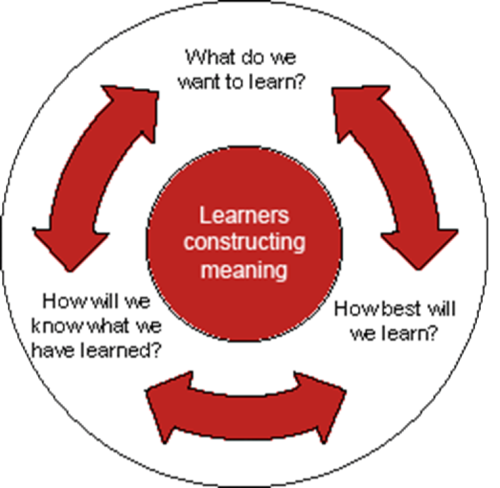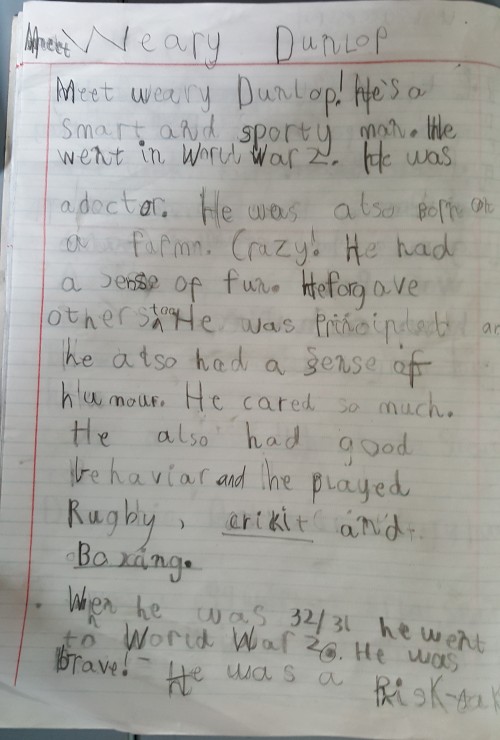This week I presented the new PM Benchmark Reading Assessment RAR for Cengage Learning and other resources which support comprehension. I’ve always loved PM for many reasons. The PM Assessment RAR impresses me because it provides ‘point of need’ information. I’ve snipped a few of my slides to share here.
My first presentation was for a small group of teachers and I thank them for coming. I enjoyed chatting to them and ‘soaking up’ their commitment and passion for what they do!
My second presentation was to a much larger audience and I had the opportunity to speak to a number of them after the presentation. They were amazing and inspiring! Some were working in special education settings and I loved the commitment they had to maximizing the potential of all students.
Teacher Judgement and Student Learning: There will always be a need for teacher judgement. We know our students! Regardless, we must have accurate assessments to plan for future learning.


I love the fact that the philosophy of PM starts with success and enjoyment. We want our students to love reading and understand what they’re reading at their point of need.

These six core skills are the main skills and I’m saying it. We need to unpack and build a deep understanding of what each means in terms of teaching and learning.

Given how busy teachers are we need to be…


Allocating our time carefully to make sure what we are doing will be effective in our classrooms is vital. Being constructive, productive can mean evaluating what we are doing and making changes.

What I really love! This is just an example of a few future learning goals for a student I assessed. There is so much more! And the assessment and online RAR gives me this information about the student so I can plan. This is just a snippet…


Unpacking future learning goals in teams and what it means at different stages of reading is powerful and effective use of our time. The online program can have as many students as you want – whole school data.
I’ve snipped a copy of a document I’ve printed which will guide my future planning for this student. It contains recommended learning goals for reading behaviours, retelling and comprehension and I can also add my own. I’ve also printed a document which tells me what the student is doing. Effective!

There are so many amazing resources which I’m loving which support comprehension!

Next week I’m in QLD! Above photo: Love the NLD Comprehension…
Tuesday 10/5 – Robina: Improving Comprehension Skills
Wednesday 11/5 – Camp Hill: Assessing and Teaching Reading Comprehension
Thursday 12/5 – PM Benchmark and New Digital Software
Cheers Nina





































